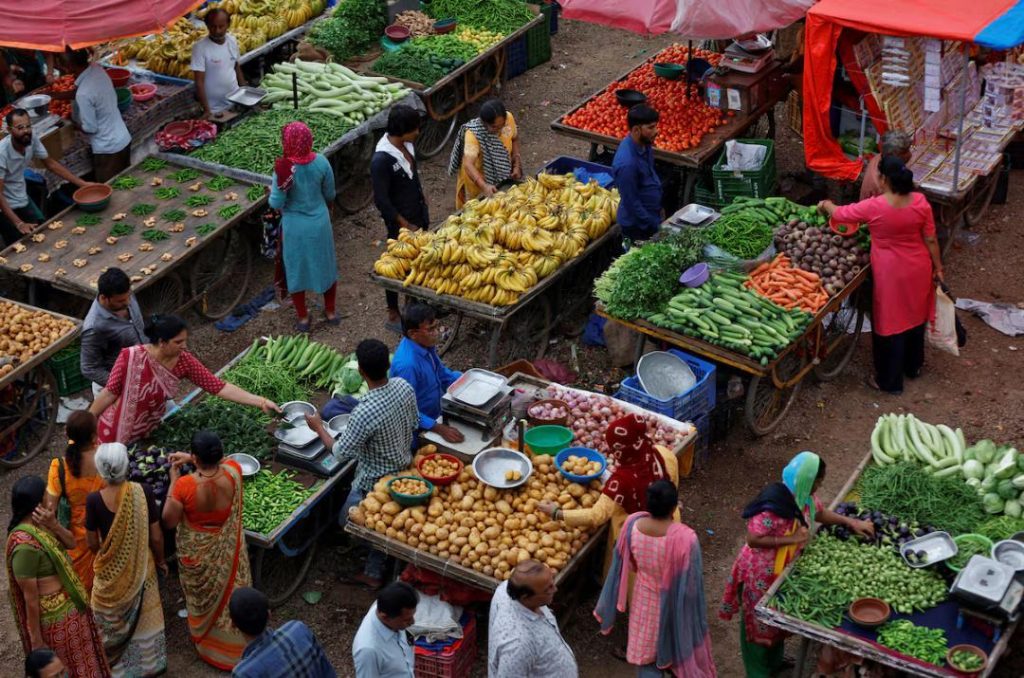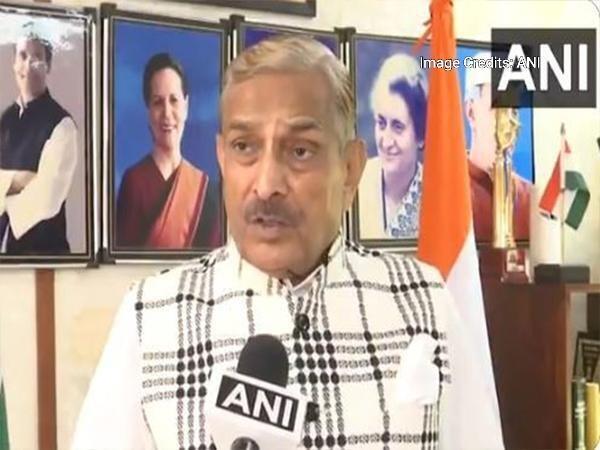
India’s Retail Inflation Dips to 5-Month Low of 4.31% in January
India’s retail inflation has finally started to show signs of slowing down, dipping to a five-month low of 4.31% in January 2025 from 5.22% in December 2024, according to government data released on Wednesday. This marks the lowest year-on-year inflation rate since August 2024, which is a significant development in the country’s economic landscape.
The decline in retail inflation is largely attributed to a decrease in food price inflation, which has been a major concern for policymakers and consumers alike. Food inflation, which accounts for nearly 45% of the Consumer Price Index (CPI), slowed down to 3.43% in January from 4.91% in December. This is the first time in several months that food prices have shown a significant decline.
The easing of retail inflation is a welcome development for the Reserve Bank of India (RBI), which has been battling to contain inflationary pressures. The RBI recently cut the repo rate for the first time in five years, citing a need to boost economic growth. With retail inflation dipping to a five-month low, the odds of another rate cut by the RBI have increased, which could lead to increased borrowing and spending in the economy.
The decline in retail inflation is also attributed to a base effect, as the corresponding period last year was affected by a severe lockdown in several states due to the COVID-19 pandemic. However, the current slowdown in inflation is not solely due to the base effect, as the government’s efforts to improve supply chains and reduce logistics costs have also contributed to the decline.
The government has been taking several steps to control inflation, including increasing the production of essential commodities, improving agricultural supply chains, and reducing the prices of essential items. The government has also been working to reduce the dependence on imports and promote domestic production, which could help to reduce inflationary pressures in the long run.
The decline in retail inflation is also expected to have a positive impact on the economy, as it could lead to increased consumer spending and borrowing. With interest rates at historic lows, consumers are likely to take advantage of the low-cost borrowing opportunities to purchase goods and services, which could boost economic growth.
However, the RBI may still be cautious in its approach to monetary policy, as the country is still facing several challenges, including a widening current account deficit and a high fiscal deficit. The RBI may want to wait for a few more months to assess the sustainability of the decline in retail inflation before making any further rate cuts.
In conclusion, the decline in India’s retail inflation to a five-month low of 4.31% in January is a welcome development for the economy. The easing of inflationary pressures could lead to increased consumer spending and borrowing, which could boost economic growth. The RBI may also consider another rate cut in the near future, which could have a positive impact on the economy. However, the government and the RBI must remain vigilant and take steps to address the underlying challenges facing the economy to ensure sustainable growth and stability.
Source: https://www.reuters.com/world/india/indias-retail-inflation-january-slows-431-yy-2025-02-12/






